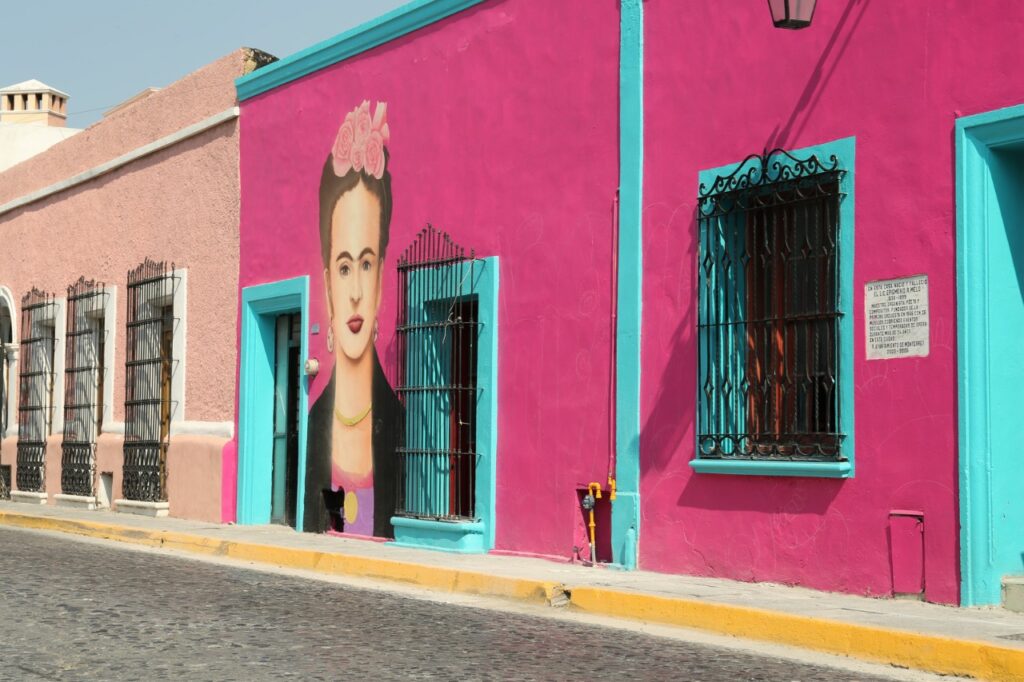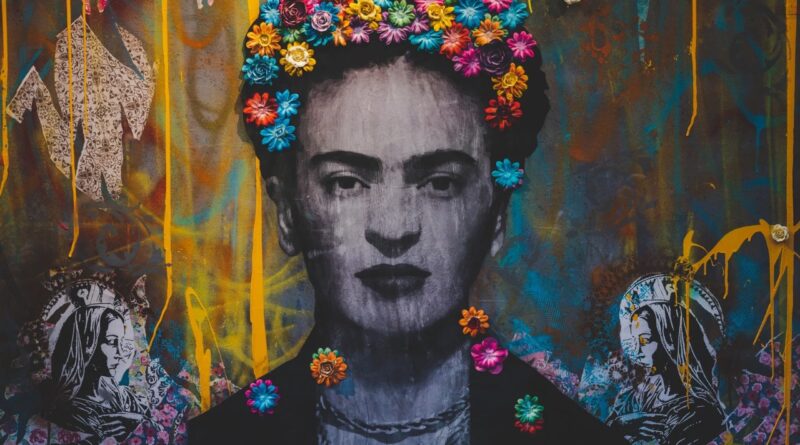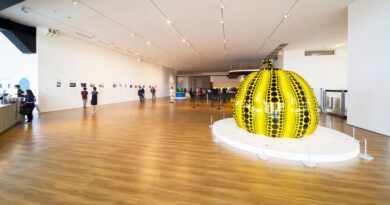Frida Kahlo: The Unyielding Canvas of Self
In the realm of 20th-century art, few figures are as captivating and complex as Frida Kahlo. Known for her striking self-portraits, Kahlo’s work is a deeply personal narrative, weaving together themes of identity, suffering, and resilience. Beyond her paintings, Kahlo’s life story—marked by physical trauma, a turbulent marriage, and political activism—offers a rich canvas from which to explore her unyielding spirit and profound impact on art and culture.
Early Life: The Making of an Artist
Born in 1907 in Coyoacán, Mexico, Magdalena Carmen Frida Kahlo y Calderón experienced a childhood shaped by both privilege and hardship. Her father, a German photographer, encouraged her creative pursuits, while her Mexican mother instilled in her a deep connection to her cultural heritage. A bout with polio at age six left her with a lifelong limp, a prelude to the physical suffering that would define much of her life and work.
A Turn to Art: From Tragedy to Creation
Kahlo’s journey into art began in earnest after a devastating bus accident at the age of 18, which left her bedridden and in severe pain. During her recovery, she turned to painting, using a specially made easel that allowed her to work from bed. Her early paintings, primarily self-portraits, became a means of self-expression and escape from her physical pain.
The Canvas of Identity: Exploring Self and Society
Kahlo’s self-portraits are remarkable not only for their technical skill but also for their profound exploration of identity. She depicted herself with unflinching honesty, often surrounded by symbols of Mexican culture, personal allegories, and references to her physical and emotional pain. Through her art, Kahlo engaged with themes of fertility, death, and rebirth, drawing on indigenous Mexican culture and Christian and Jewish symbolism to create a rich, hybrid iconography.

Love and Turmoil: The Relationship with Diego Rivera
Kahlo’s tumultuous marriage to the muralist Diego Rivera was a significant source of inspiration and anguish in her life. Rivera’s support helped launch her career, yet their relationship was fraught with infidelities and conflicts. Kahlo’s portraits from this period reflect her struggles with Rivera’s betrayals and her own miscarriages, yet they also exhibit a fierce independence and a refusal to be defined by her pain.
A Political Palette: Art and Activism
Kahlo’s art was deeply intertwined with her political beliefs. A committed Communist, she infused her work with political themes, advocating for indigenous rights and social justice. Her involvement with the Communist Party introduced her to a circle of political activists and artists, including Rivera, which further influenced her artistic and ideological development.
Legacy: Beyond the Canvas
Frida Kahlo’s death in 1954 did not mark the end of her influence. Today, her work is celebrated worldwide, not only for its artistic merit but also for its pioneering exploration of identity, gender, and class. Kahlo has become an icon of resilience and authenticity, inspiring not just artists but anyone who resonates with her unapologetic exploration of the self.
In examining the life and work of Frida Kahlo, we find an artist who not only challenged conventions but also used her canvas as a battleground for expressing her innermost truths. Her legacy is a testament to the power of art as a means of personal and political expression, making her story and her art as relevant today as ever.



